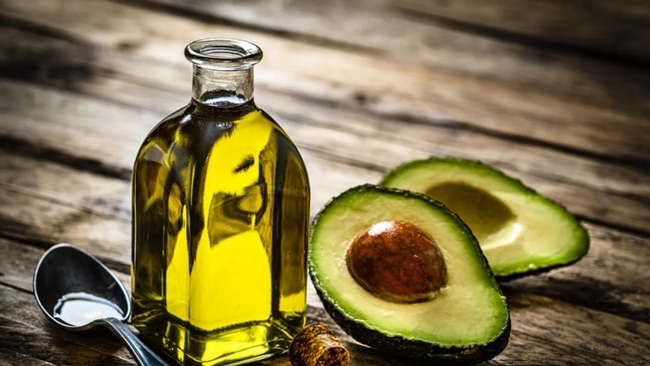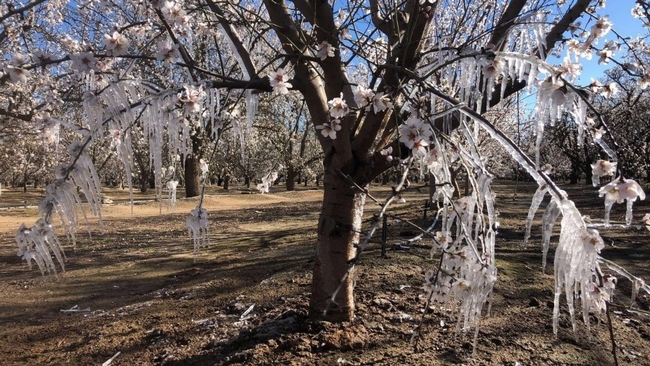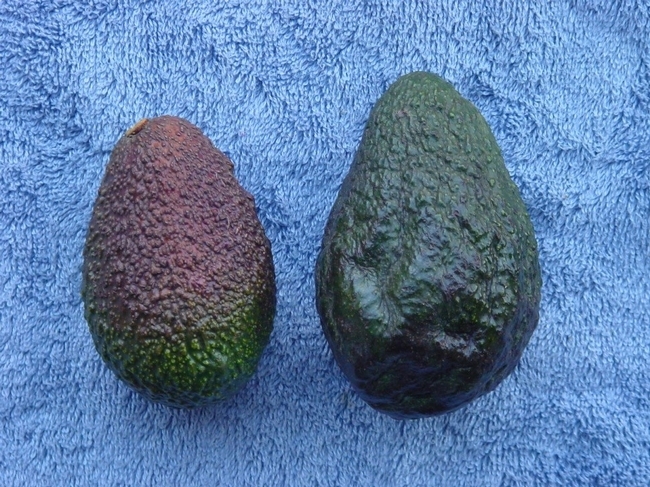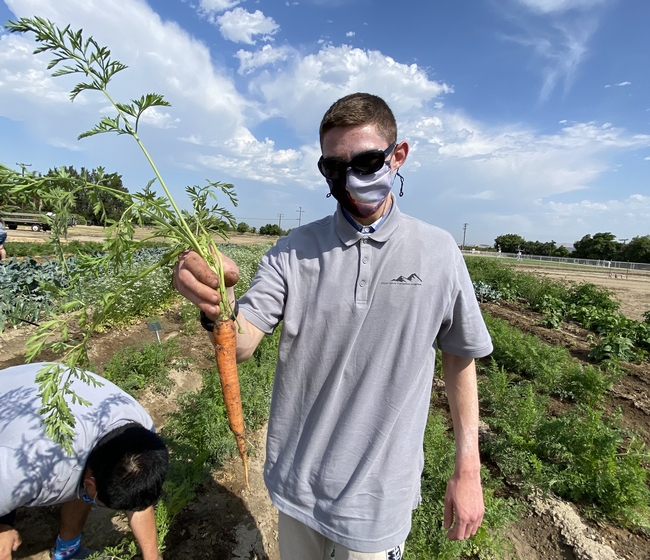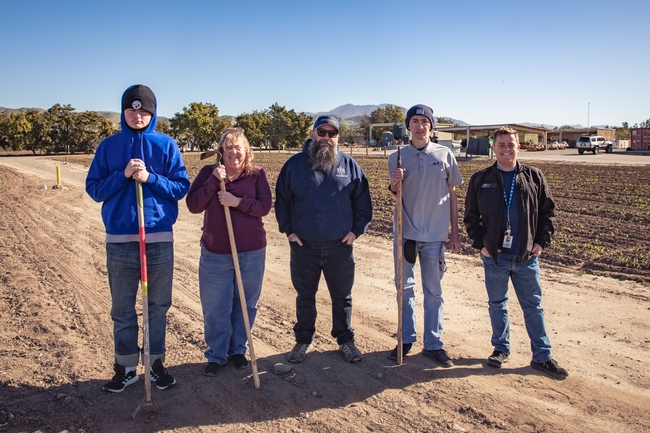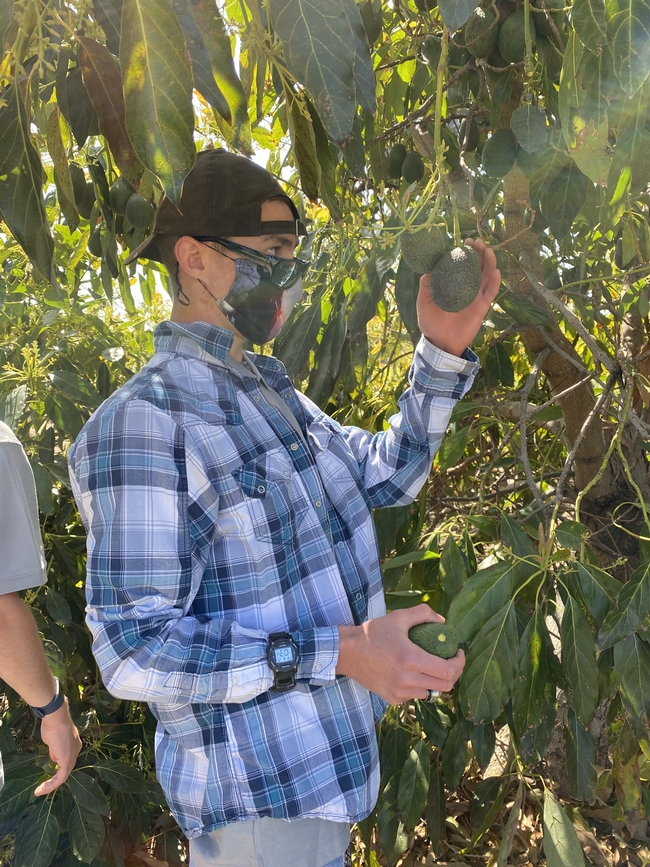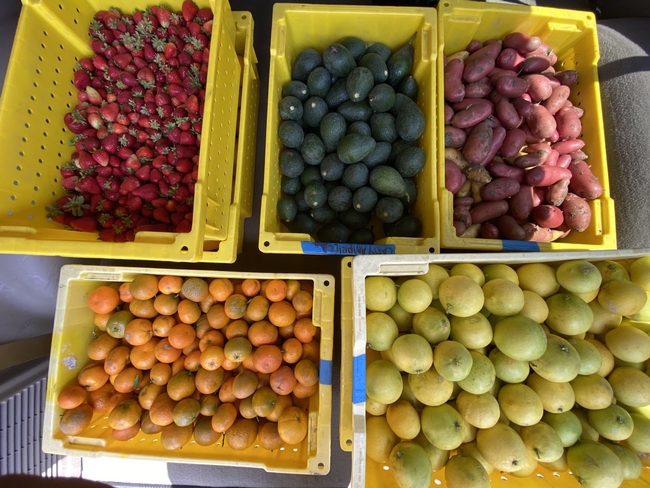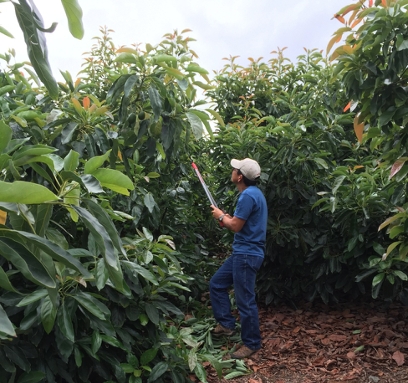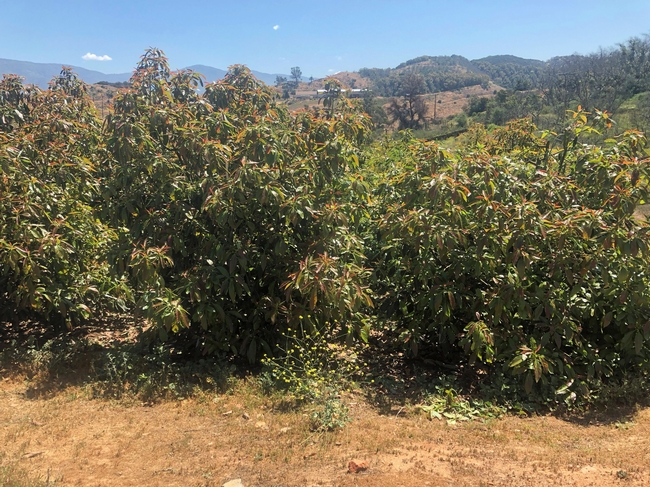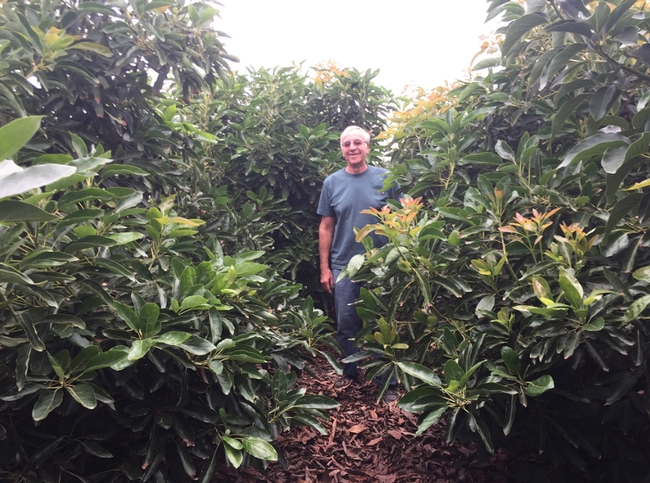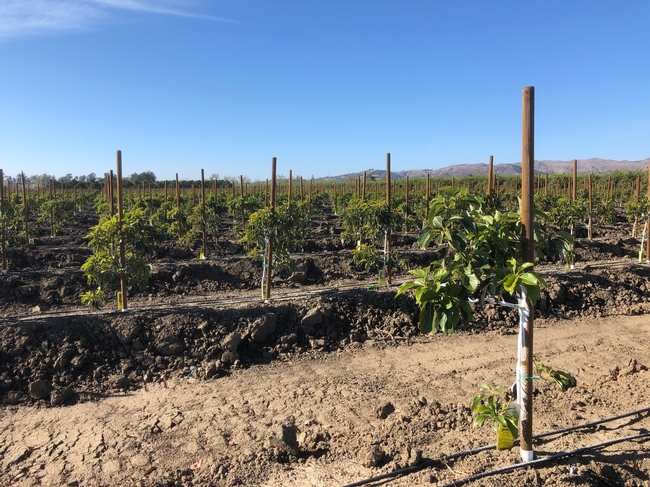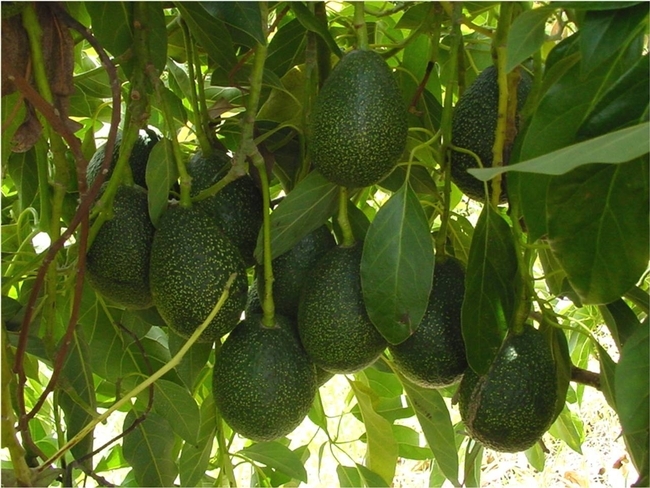Posts Tagged: avocados
Nearly 70% of private label avocado oil rancid or mixed with other oils
Researchers identify key markers to help professional retail buyers choose authentic products
Avocado oil has become a popular choice for many people in recent years because of its heart-healthy benefits and versatility in cooking. However, not all avocado oil products on store shelves are created equal. Some products are labeled as “pure” avocado oil when they contain other oils or additives. No enforceable standards defining the chemical and physical characteristics of avocado oil exist yet.
Researchers at the University of California, Davis, analyzed samples of 36 private label avocado oil products and graded them based on quality and purity. Private label products are made by a third-party processor and sold under a grocery store or retailer brand label. Their findings, published in the journal Food Control, show that 31% of the samples tested were pure, and 36% were of advertised quality. Quality refers to whether the oil is fresh or has gone bad due to aging, heat or light exposure. For purity, researchers measured fatty acids, sterols and other components that differentiate avocado oil from other oils.
The study included oils purchased from 19 retailers in the U.S. and Canada with various price points. They found that lower-priced oils were more likely to be tainted with other oils.
“We found that low-cost products indicate a higher probability for adulteration, but high cost didn't guarantee purity or quality,” said Selina Wang, associate professor of Cooperative Extension in the Department of Food Science and Technology. She and Hilary Green, a postdoctoral researcher at UC Davis, co-authored the paper.
Researchers also identified certain chemical markers in avocado oil that professional retail buyers can use to make more informed decisions when it comes to choosing suppliers. This way, consumers can feel confident about the products they buy.
This is the second comprehensive study conducted by UC Davis researchers on the quality of avocado oil sold in the U.S. The first study released in 2020 found that many of the test samples were of poor quality, mislabeled or adulterated with other oils.
“This study demonstrates that although progress is being made in standard development since our first market study in 2020, there are still issues with purity in avocado oil and these issues extend significantly into private label oils,” Wang said.
Avocado oil standards
Since the release of the first UC Davis study, Wang said there's been a coordinated effort by researchers, industry leaders and government agencies to establish enforceable standards. The Avocado Oil Expert Group was formed in collaboration with the American Oil Chemists' Society to discuss potential standards and future research projects.
Wang's research group has been studying how natural factors like different types of avocados, harvest times, geographic origins and processing methods could affect the chemical composition of avocado oil. They want to create standards that will accommodate natural variations while detecting any adulterations.
Wang hopes that the study's findings will contribute to the establishment of standards that benefit both consumers and avocado oil producers who want to compete in a fair market.
“I'm very optimistic for the future of the avocado oil industry,” Wang said. “It's a high-value product with high consumer demand, similar to what I saw with olive oil 10 years ago. Olive oil quality and purity have improved significantly, which is where I see avocado oil going, if we can establish fair standards and eliminate fraudulent products.”
Climate change may reduce frost damage to orchard crops
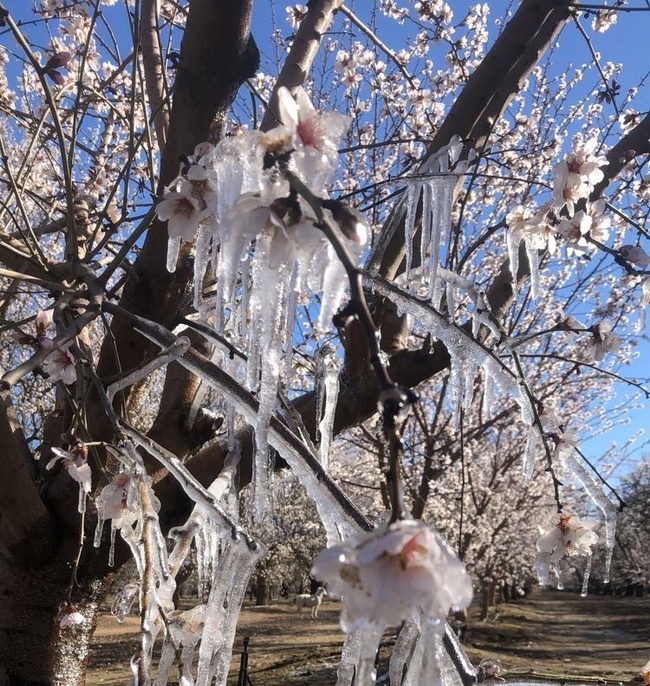
CalAgroClimate web tools help farmers prepare for frost events
A cold snap damaged almond blossoms across the Central Valley, resulting in more than $44 million in crop insurance claimsin late February 2018. A multi-day frost event wiped out roughly 75% of California's citrus crop and severely damaged avocados in January 2007. Frost can damage crops, impact growers' bottom lines and drive up food prices for consumers. With advance notice, farmers may be able to use heaters, wind machines, irrigation and other tactics to lessen some of the impacts of cold weather, such as damaging near-ripe citrus fruit or killing the bloom in almonds.
CalAgroClimate is a new farmer-focused website that can help growers anticipate weather-related risks and make plans for taking defensive action. Growers and crop consultants can use CalAgroClimate's crop and location-specific tools and resources to help prepare for upcoming frost events. The website's tools can also support on-farm decisions for managing heat, crop development and pests.
Future holds less frost
The risk of frost damage to crops and the need to prepare for that risk is top-of-mind for many farmers today, but will it always be so? To examine what climate change might mean for future frost risk, researchers at UC Davis, UC ANR and the USDA California Climate Hub conducted a study examining the incidence of temperatures below multiple “frost thresholds” during the months of critical development phases for three frost-sensitive California crops: almonds, avocados and navel oranges.
The researchers found that even during the coldest winters and springs, the incidence of frost exposure declined under projected mid-21st century climate conditions by more than 50% for almonds and oranges, and by more than 75% for avocados. While farmers in 2050 will not find frost risk to completely be a worry of climates past, they will not have to contend with the same frost concerns that farmers face today.
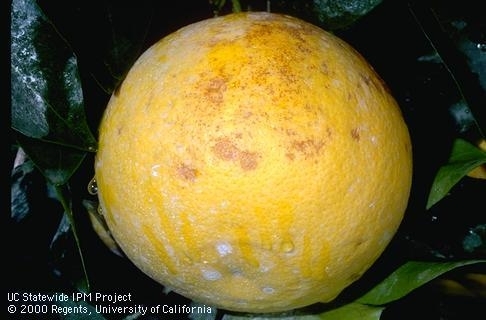
Few aspects of climate change are considered “positives,” and although the warming winters and springs that result in reduced frost temperatures could also come with increased pest pressure, reduced chill accumulation and other challenges, the reduction in frost exposure is a silver lining.
However, until this frost-free future arrives, growers still need to be prepared to protect their orchards from frost. To assess frost risk for the next seven days for your location, check out the new interactive Frost Advisory Tool at CalAgroClimate.org.
Special education students cultivate farm skills at South Coast REC
Partnership with Esperanza Education Center provides blueprint for other adult transition programs
For students at Esperanza Education Center, an adult transition program serving students with disabilities in south Orange County, there was something deeply satisfying about handpicking 2,000 pounds of avocados.
“There's a tangible, visual element where you're like, ‘Wow, I did that – I did it, I can see it, I can feel it in my bones and my muscles,'” said Ray Bueche, principal of the school in Mission Viejo, within the Saddleback Valley Unified School District. “There's a real sense of accomplishment that you're seeing in some of these students.”
Ranging in age from 18 to 22, the students are in an adult education program that helps advance their independent living skills and prepare them for meaningful work and careers. They are able to experience the thrill of the harvest – and a variety of other farming activities – through the school's innovative partnership with UC South Coast Research and Extension Center, a UC Agriculture and Natural Resources facility that supports researchers and delivers outreach and education programs.
Given UC ANR's emphasis on workforce development, Jason Suppes, a community education specialist at South Coast REC, contacted Bueche in 2019 about a potential collaboration. While Esperanza has many partnerships with retail stores and nonprofits that give students invaluable work experiences, none of them offer the farm environment that South Coast REC could provide.
“Part of developing [our students] is getting a wide range of opportunities in a variety of vocational areas,” Bueche explained. “Agriculture is one that's very hard for us to find.”
Program ‘wildly successful' from beginning
Unlike other job sites that bring the students in less frequently, South Coast REC committed to hosting the young people every week for three hours (COVID-19 measures permitting), with Suppes and colleague Tammy Majcherek leading them in planting, weeding, maintenance, harvesting and more.
“We can provide opportunities for students to learn skills that could help them potentially find employment in a garden center, in a nursery, at landscapers,” Suppes said. “The program was wildly successful out of the gate.”
Mike Seyler, an Esperanza teacher who accompanies the students to South Coast REC, has seen firsthand the positive impacts of the partnership. He said one student – who at first balked at the idea of being outside, getting dirty and performing physical labor – eventually grew to like the work and took great pride in pulling carrots from the ground and sharing them with his family.
“To physically actually ‘see' the work you did – they don't always get to do that,” Seyler said. “It was cool to see someone, who didn't necessarily like being outdoors, really enjoy it now.”
The change of pace – and place – was especially beneficial for one young woman at Esperanza. Bueche said the nature of the work and the setting helped the student grow socially, as she relished the teamwork and camaraderie needed to accomplish their goals on the farm.
“We really saw a different person come out through her experiences there – she felt more self-confident; she was more personable with people; she was talking more,” said Bueche, who added that she has leveraged the skills she gained into a paid work-based learning experience with a local retailer.
Students bring produce to school, community
All students benefit from Esperanza's partnership with South Coast REC, as surplus produce from the center's fields is donated to make healthy school lunches. In addition, students use REC-grown fruits and vegetables at their monthly pop-up restaurant, where they hone skills in preparing and serving a three-course meal.
Their peers, who harvested the produce, derive immense satisfaction from seeing the fruits of their labor go directly to the school.
“They're able to enjoy eating the stuff that they're working for,” Seyler said. “And then they see everyone else enjoying it, and I think that really translates well for these guys.”
The students also played a prominent role in an avocado sale last summer, for which they picked 2,000 pounds of produce, bagged the fruit in 10-pound bags and then distributed preorders to the public from a stand at South Coast REC. Proceeds from the event were used to purchase farm tools, shirts and other gear.
“It was an incredible success – everyone loved the avocados,” Bueche said. “The students loved it; the parents came out; community members supported it.”
Those successes illustrate the power of a strong partnership; the South Coast REC team, in fact, received the school's “Community Partner of the Year” Award for 2020-21, for persevering through the pandemic to deliver the beneficial programs for students.
Over the last two years, Suppes and Bueche – through a lot of creativity and some trial and error – have sketched a roadmap for growing productive relationships between similar organizations and adult transition programs. And after presenting those results to colleagues, other local school districts and nonprofits such as Goodwill and My Day Counts have contacted South Coast REC to provide similar experiences for community members.
New avocado study outlines costs and returns of high-density plantings
Growers considering producing avocados in San Diego County with high-density plantings now have help to determine the economic feasibility. A new study on the costs and returns of establishing and producing avocados in San Diego County has been released by UC Agriculture and Natural Resources' Cooperative Extension, UC Agricultural Issues Center and the UC Davis Department of Agricultural and Resource Economics.
Avocado has been one of the prominent crops produced in Southern California since the early 1950s. California avocado production peaked in 1987-88 with about 76,300 acres. San Diego had been the leading producer accounting for about 60% of the acreage.
“Beginning in the early 1980s, there has been a continuous decline of acreage and production of avocados in San Diego County, said Etaferahu Takele, UC Cooperative Extension farm management advisor for Southern California and co-author of the study. “This is mainly because of the expansion of urban development that has increased the cost of producing the crop and especially the cost of water, reaching to up to $2,000 per acre feet in 2020.”
High-density planting increases profitability of avocado production given there is suitable land for high-density orchard development.
Although the cost of water accounts for 44% of the total production cost in the high-density planting, the water cost is proportionally less than in the conventional planting of 145 trees per acre when distributed over a higher yield per acre, the authors write.
Their cost analysis describes production operations for avocados planted at 430 trees per acre, with an expected life span of 40 years. The study includes a detailed summary of costs and returns and a profitability analysis of gross margin, economic profit and a break-even ranging analysis table, which shows profits over a range of prices and yields. Growers can identify their gross margin and returns to management based on their yield and prices received.
Input and reviews were provided by a UC Cooperative Extension farm advisor and grower cooperators in San Diego County. The authors describe the assumptions used to identify current costs for avocado establishment and production, material inputs, cash and non-cash overhead.
The new study, “Avocado Establishment and Production Costs and Profitability Analysis in High Density Planting, San Diego County-2020,” can be downloaded for free from the UC Davis Department of Agricultural and Resource Economics website at http://coststudies.ucdavis.edu and UCCE Riverside County Farm Management website at https://ucanr.edu/sites/Farm_Management/Costs_and_Returns. Sample cost of production studies for many other commodities are also available on the websites.
For additional information or an explanation of the calculations used in the studies, refer to the “Assumptions” section of the report or contact Takele at (951) 683-6491 Ext. 243 or ettakele@ucanr.edu or Donald Stewart at the UC Agricultural Issues Center at destewart@ucdavis.edu.
Avocado tasters are wrapping up a their work at UC sensory lab
A group of trained and dedicated volunteers have been tasting avocado samples at the UC Kearney Agricultural Research and Extension Center in Parlier to determine whether the GEM avocado variety can stand up to the tried-and-true Hass in grocery stores, reported Dale Yurong on ABC 30 Action News.
Yurong visited the sensory lab at Kearney where nine tasters have been meeting for months to help inform UC and USDA research that may enable commercial production of avocados in the San Joaquin Valley, an area believed to be unsuitable because of hot summers and cold winters.
The panellists identify avocado characteristics like nutty, stringy and buttery. "You're getting into the texture, you're getting into a lot of different nuances of flavor," said taster Shannon Aguilar.
GEM avocados grow on smaller trees than Hass and GEM has a tear-drop shape, while Hass is more pear-shaped. But the real test will be comparable flavor and tolerance to valley conditions.
"We believe it has a little more heat tolerance and a little more cold tolerance," said UC Cooperative Extension specialist Mary Lu Arpaia.
The GEM may give local farmers a new crop option. One has already planted two acres of GEM.
"It's something that we probably need in this area. Something we can do and we wouldn't have to import it from other parts of the country or the world," said Marvin Flores, environmental health and safety specialist at Kearney and a member of the avocado taste panel.
